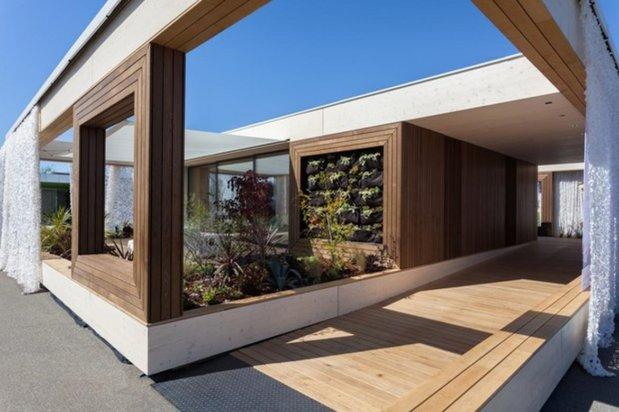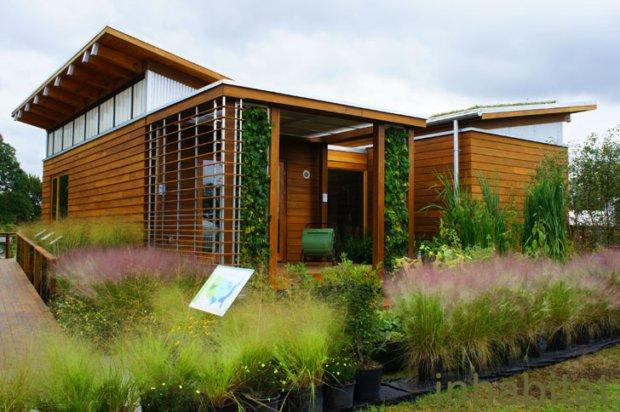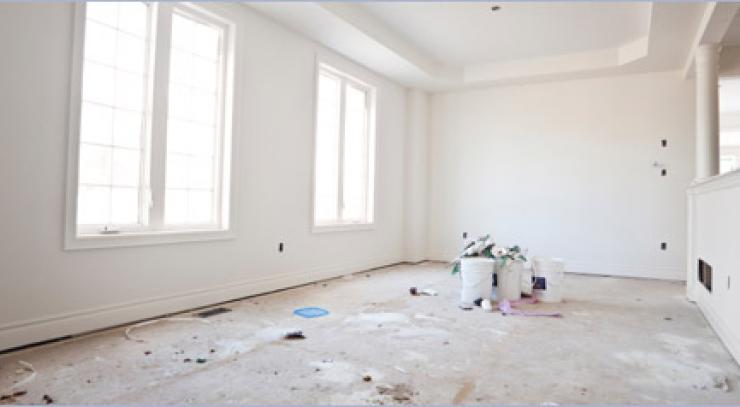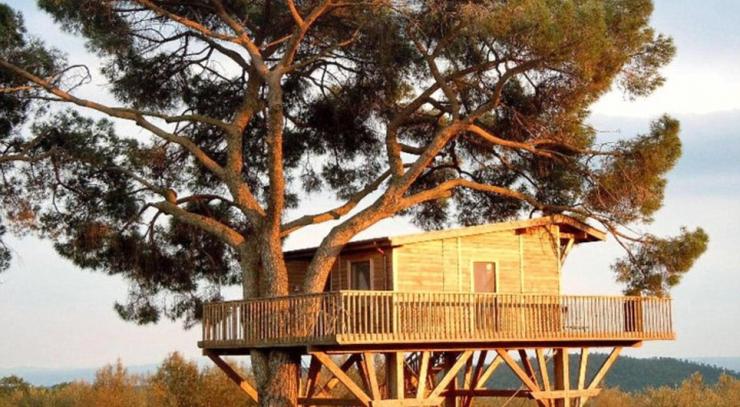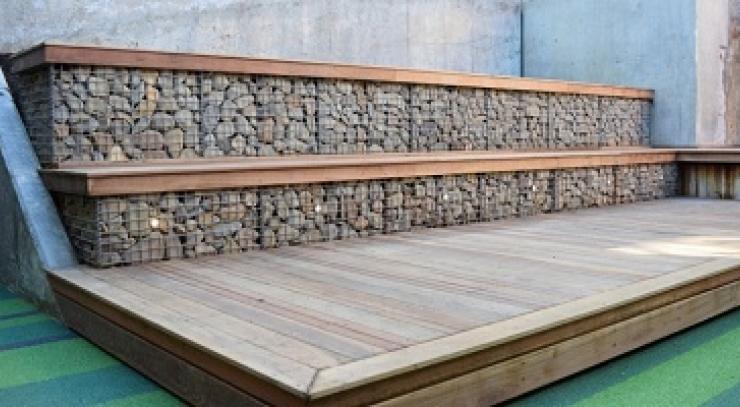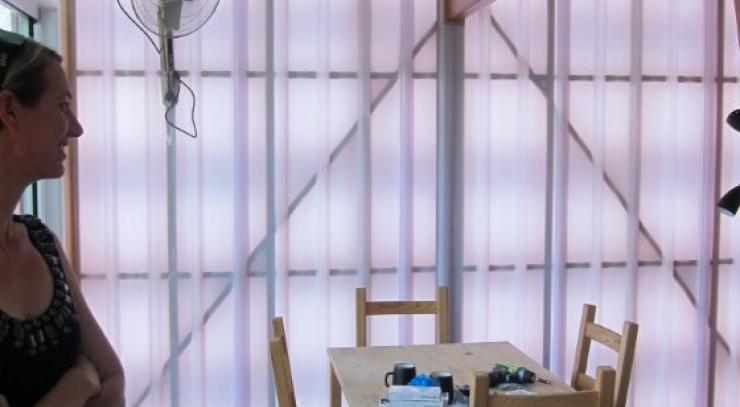Australian households generate at least one-fifth of the country’s greenhouse gases. The situation isn’t so different in U.S. where the residential sector is responsible for more than 21 percent of the total energy consumption throughout the states. However, this doesn’t have to be that way. Households can not only reduce their greenhouse emission and thus help preserving the planet, but also simultaneously make their homes more energy-efficient and lower their utility bills. If you are planning any remodeling soon, you should consider introducing energy-saving features and make the most of your renovation.
Insulate or improve your current insulation
Insulation is a barrier that prevents heat and cool from leaving or entering your home and making your heating/cooling bills unreasonably high. Your house may already be insulated but still have poor thermal resistance. The thickness, density and the quality of material determines the thermal resistance, which can be improved by adding insulation to an existing layer or insulating the house from the scratch. You should also check for air gaps and wall cracks and air seal them.
Conserve energy with ceiling fans
Adding ceiling fans into your most frequently used rooms is a wise choice, since they can circulate the air inside a room (both warm and cold) and make sure the entire room, from floor to top is properly cooled or heated. Because of this, a ceiling fan allows you to save a couple of percent on your heating cooling bills.
Save energy with windows
Each step towards saving energy and reducing costs requires initial investments that eventually pay off. Installing double glazed windows in Melbourne, Sydney and other bigger cities is becoming overwhelmingly popular, because in the end it improves the windows’ thermal performance by more than 70 percent. However, when it comes to towns such as Guildford, where there are plenty of historic homes, installing storm windows in order not to disrupt the old-world appearance of the property is a more frequent choice.
Change your appliances
Common household appliances, such as dishwasher, oven, refrigerator, TV and washing machine account for about 25 percent of the total energy consumption. Washer and drier cost you about $140 a year and the refrigerator and electric oven cost you up to $95. To reduce these costs, you should change your old appliances for new Energy Star rated ones.
Do the same with lighting
Depending on the type of light bulbs used lighting accounts for about 12 percent of your home’s energy consumption. Of course, incandescent bulbs are the biggest energy vampires of them all – they last three to 25 times shorter than most energy-efficient bulbs and use 25 to 85 percent more energy than compact fluorescent lamps (CFLs) and light emitting diodes (LEDs). So you see why it is wise to replace these old bulbs if you still use them.
Improve your home’s overall lighting
If your interior receives a generous amount of natural light during most of the day you will probably reduce the need of using electrical bulbs during that period. This can be accomplished by installing larger windows, installing skylights, getting rid of the heavy drapes or curtains altogether and painting the interior with brighter colors.
Save water
Wasting water means wasting energy. Here are a few ways you can minimize the water consumption and make it more rational:
- Use Energy Star rated or solar water heaters
- Insulate the water pipes.
- Opt for just one low-flow shower head for your bathroom.
- Install a low-flush toilet.
- Install a water meter to know exactly how much water do you use.
- Introduce water-efficient products, such as taps, washing machine, etc.
More than 30 percent of energy used by your household is probably wasted. With these home remodeling projects of different scales, you will make sure you use the energy you pay for to the max and cut your bills too.
